For comprehensively handling 3D modeling, parametric components and BIM throughout various building lifecycle stages, Revit is the premier choice, making it popular with over 50% of users, according to UK-based NBS BIM report. ArchiCAD, on the other hand, targets architects seeking traditional 2D/3D aesthetic building design.
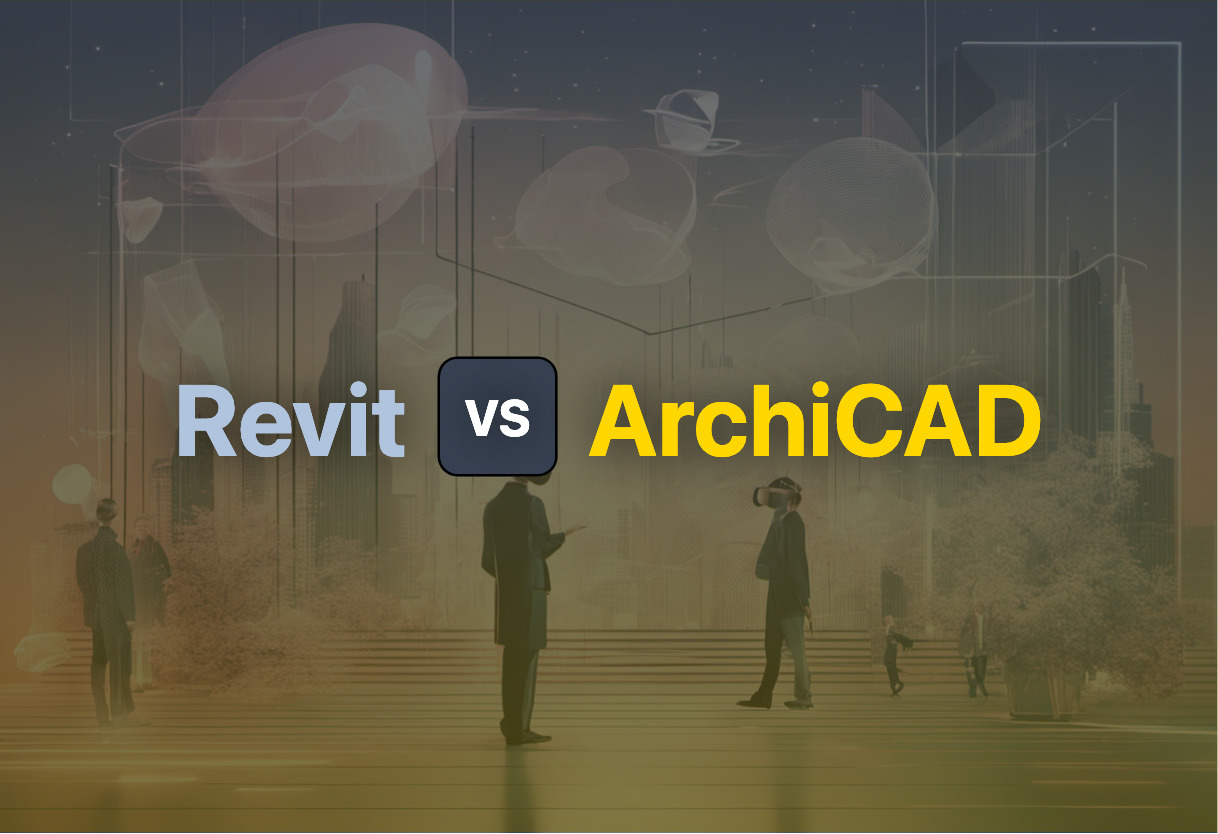
Key Differences Between Revit and ArchiCAD
- Revit facilitates parametric modeling and automation across entire model on changes, while ArchiCAD focuses on data-enhanced parametric object design.
- ArchiCAD provides both 2D and 3D representation, however, Revit also integrates the 4D element for tracking building lifecycle stages.
- Revit is developed by Autodesk and lends itself to interoperability with other Autodesk software, while ArchiCAD is developed by Graphisoft and provides API and ODBC database connections for third parties.
- Both services offer cloud-based collaboration; Revit leverages Autodesk’s AEC Collection while ArchiCAD employs Graphisoft BIM Server.
- Pricing for Revit ranges between $25 and $120 monthly, while ArchiCAD’s pricing varies based on plan, number of licenses, and existing versions used.
| Comparison | Revit | ArchiCAD |
|---|---|---|
| Initial Release | April 5, 2000 | 1982 |
| Developer | Autodesk | Graphisoft |
| Intended Users | Architects, Engineers, Designers, Contractors | Architects, Designers, Planners |
| Design Component | 3D | 2D and 3D |
| Market Share | 50% of survey respondents using for 3D modeling workflows (NBS BIM report) | Data not provided |
| Key Features | Parametric Modeling, Automation, Collaboration facilitation, Energy Analysis tools, Cloud-based accessibility | 2D and 3D drafting, Visualization, BIM functionalities, “Virtual Building” |
| Interoperability | Yes, with other Autodesk software | Yes, supports API links to third-party software |
| Pricing | Between $25 and $120 a month | Varies based on plan, number of licenses, and existing versions |
What Is Revit and Who’s It For?
Revit, developed by Autodesk and initially released on April 5, 2000, is a CAD building information modeling software. Equipped with 2D drafting elements, 3D design components, a cohesive database for building information, and 4D capabilities, it caters to architects, landscape architects, structural, electrical, and plumbing engineers, designers, and contractors. Functioning as a significant player in the BIM landscape, Revit excels in parametric modeling, a staple in the construction sector.
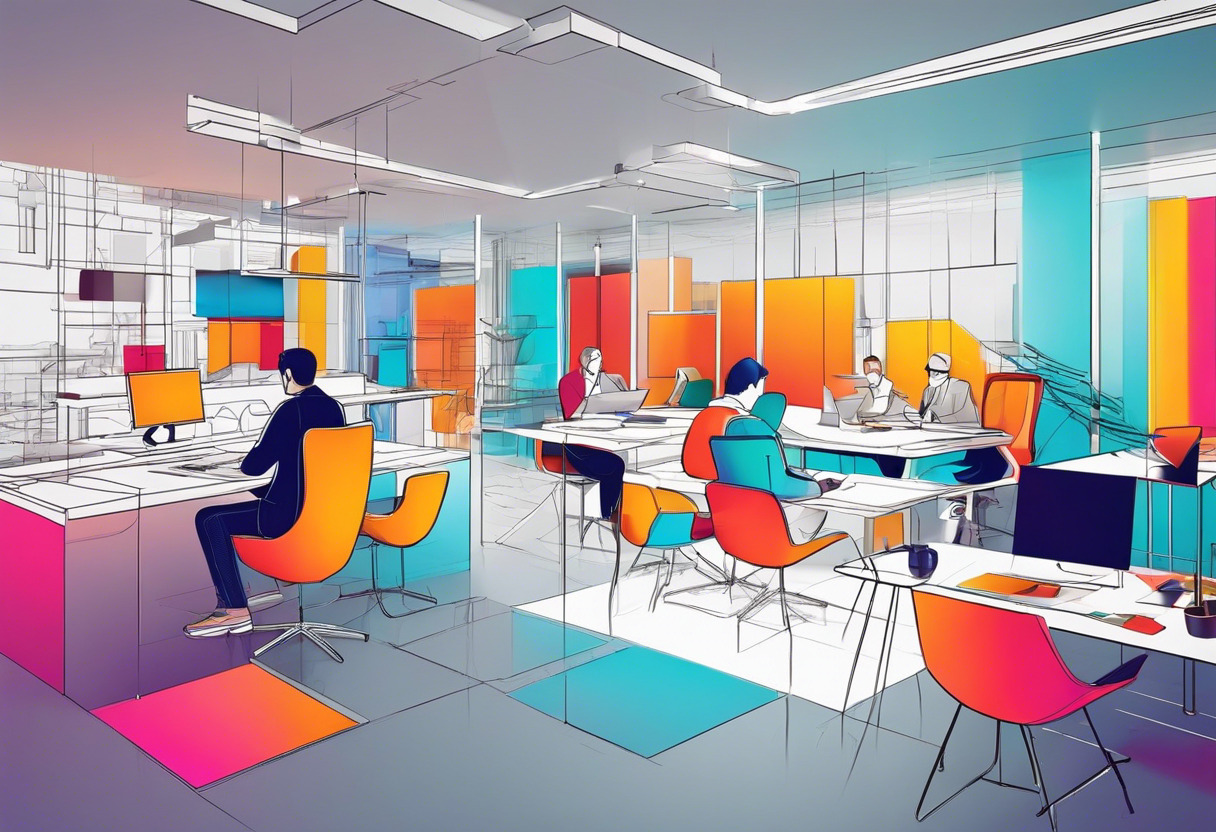
Pros of Revit
- Automated parametric modeling.
- Collaboration facilitation with multidisciplinary teams.
- Energy Analysis tools for sustainable design.
- Advanced rendering presentation tools.
- Cloud remote work capability.
Cons of Revit
- Availability preferably via subscription models.
- Pricing can be steep for small firms.
What Is ArchiCAD and Who’s It For?
Brought into existence by Hungarian firm Graphisoft, ArchiCAD is a BIM CAD software available on Mac and Windows platforms. Fusing 2D and 3D drafting, visualization, and BIM capabilities, it extends its services to architects, designers, and planners. Ranked among the forerunners of BIM products for personal computers, ArchiCAD streamlines storage of substantial information within the 3D model and presents a data-enhanced parametric objects platform.

Pros of ArchiCAD
- Facilitates remote worldwide project collaboration.
- Supports API link to 4D, 5D software.
- Equipped with extensions for enhancing functionality.
- Presents varied license options.
Cons of ArchiCAD
- Compatibility with certain file formats may be limited.
- Pricing structure may be complex.
Revit vs ArchiCAD: Pricing
Autodesk’s Revit, and Graphisoft’s ArchiCAD adopt subscription models for pricing, which vary depending on the selected plans and usage frequency.
Revit
Developed by Autodesk, Revit is available predominantly via subscription models with cloud-based access. It forms part of the AEC Collection, accessible on a monthly subscription offering a reduced price for Revit. Specifically, pricing for Revit can range from $25 to $120 a month, depending on the selected subscription plan.
ArchiCAD
Graphisoft’s ArchiCAD offers a different style of pricing structure. It can be accessed through a variety of license types including commercial, educational, and trial versions, each carrying a different price point. Pricing varies significantly depending on the chosen plan, the count of licenses, and the versions of ArchiCAD in use by the user. However, exact pricing for each plan is not explicitly stated.
Revit Vs ArchiCAD: The Final Take
In the high-energy world of computer-aided design, choosing between Revit and ArchiCAD can shape the future of your projects. Our verdict takes shape around key audience segments individually.
Architects and Designers
In the domain of architectural design, both wield power. But when it comes to parametric modelling, Revit takes a leap ahead. With its advanced automation, your creations adapt to change seamlessly. Moreover, with the added advantage of VR settings, multi-user modelling is a real possibility for teams spread across the globe.
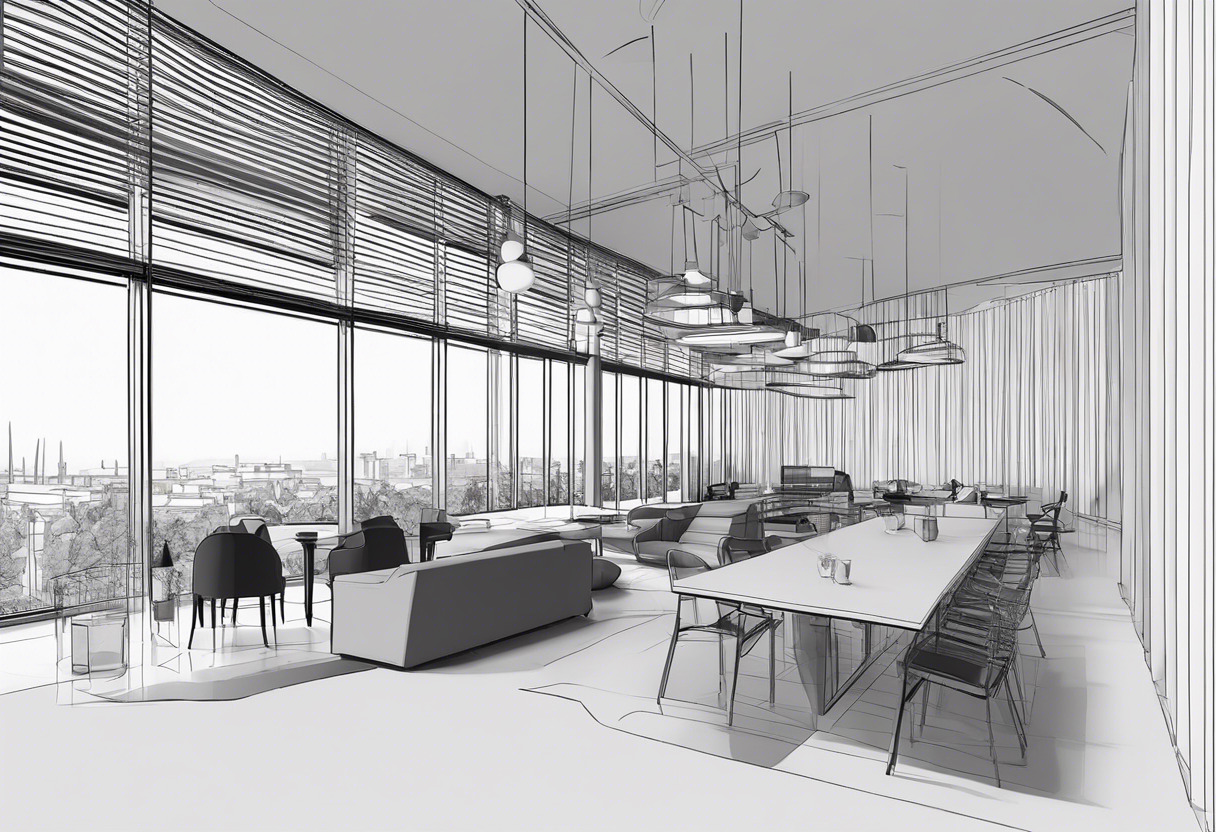
Structural, Electrical, Plumbing Engineers
For engineers needing extended interoperability, Revit stands out. Its collaboration with Autodesk’s suite nabs the limelight. Beyond that, the energy analysis tools equip users with sustainable design strategies – a gamechanger in today’s environment-focused world.
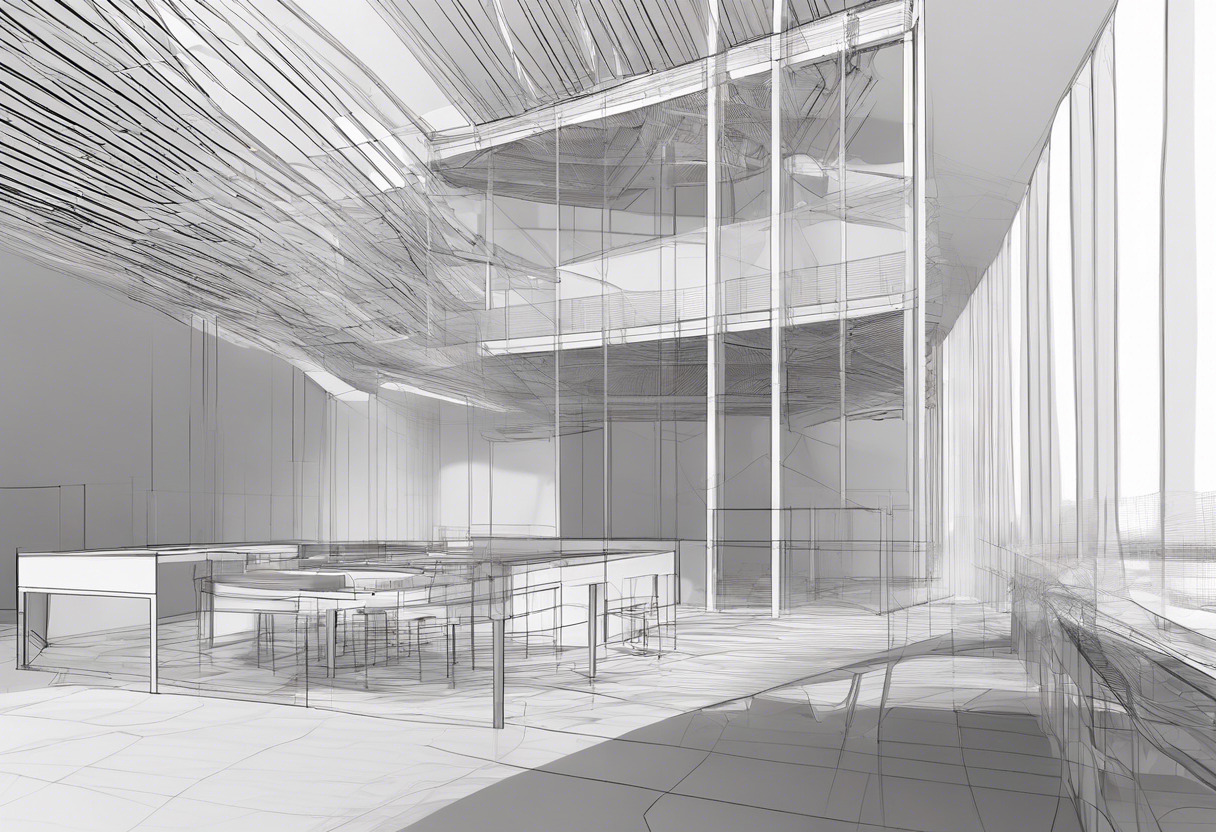
Game Makers and AR/VR creators
When immersive experience is the goal, ArchiCAD pushes the envelope. Its Open BIM concept pairs up beautifully with API links to 4D, 5D software making it an ideal choice for game makers and AR/VR creators. The ability to view designs on various platforms scores extra points.
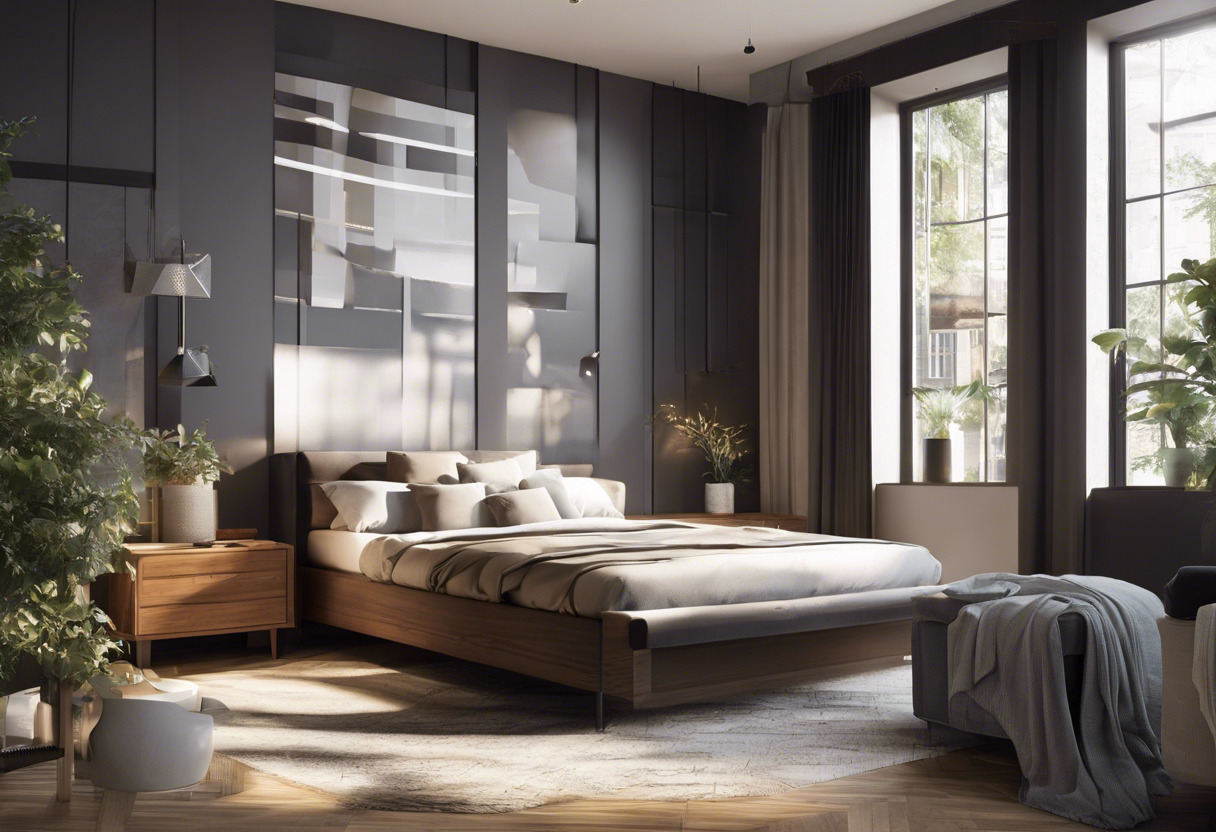
When it comes to a head-to-head match of Revit vs ArchiCAD, the former edges out for enhanced parametric modelling, superior interoperability, and collaborative capabilities, particularly suited for architects, designers, and engineers. ArchiCAD, though, holds its ground for AR/VR creators and game makers due to its Open BIM concept and versatile viewing features.
Tiffany Brise
Content writer @ Aircada, patiently awaiting a consumer AR headset that doesn’t suck.





